Getting Quality Reviews for Books on Teaching: Top 3 Mistakes
There are so many books on teaching out there—so how can an author ensure their
Read More
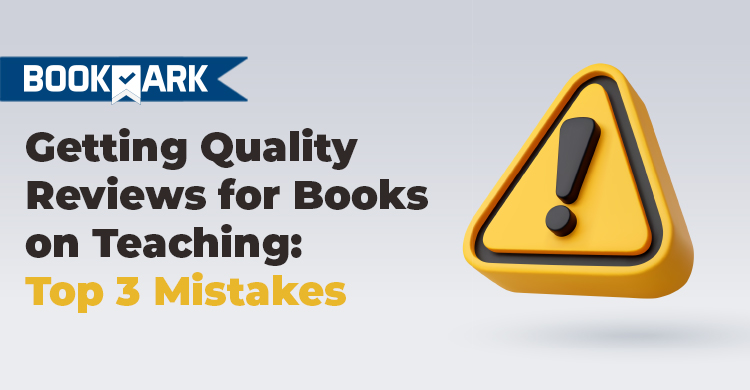
There are so many books on teaching out there—so how can an author ensure their
Read More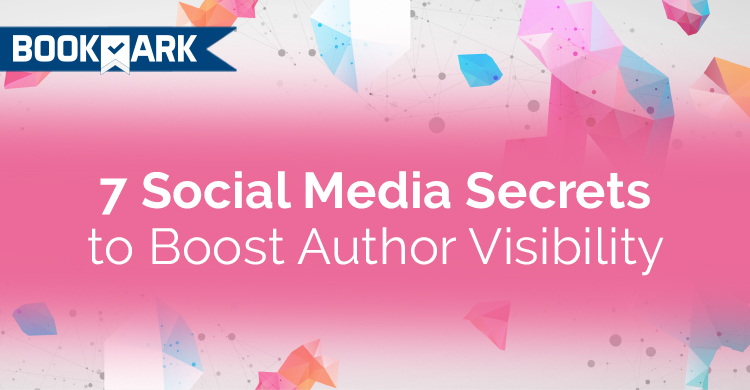
Whether this is your first book or tenth, using social media is a key element
Read More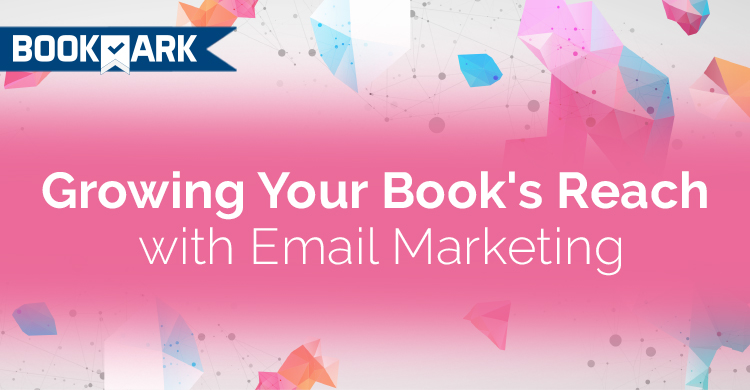
You’ve published your new book—congratulations! The hard part is over. Now, it’s time to get
Read More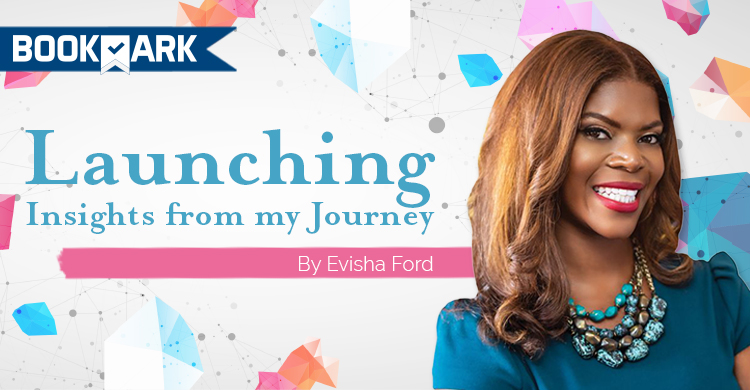
As I take my first step into the world of publishing, I am filled with hope and excitement, eager to share the words that have taken root in my soul . . .
Read More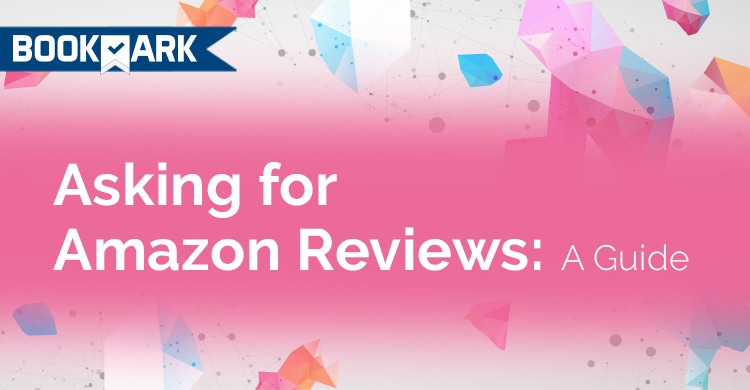
Be honest: when you’re shopping for books, how often do you head straight for the
Read More